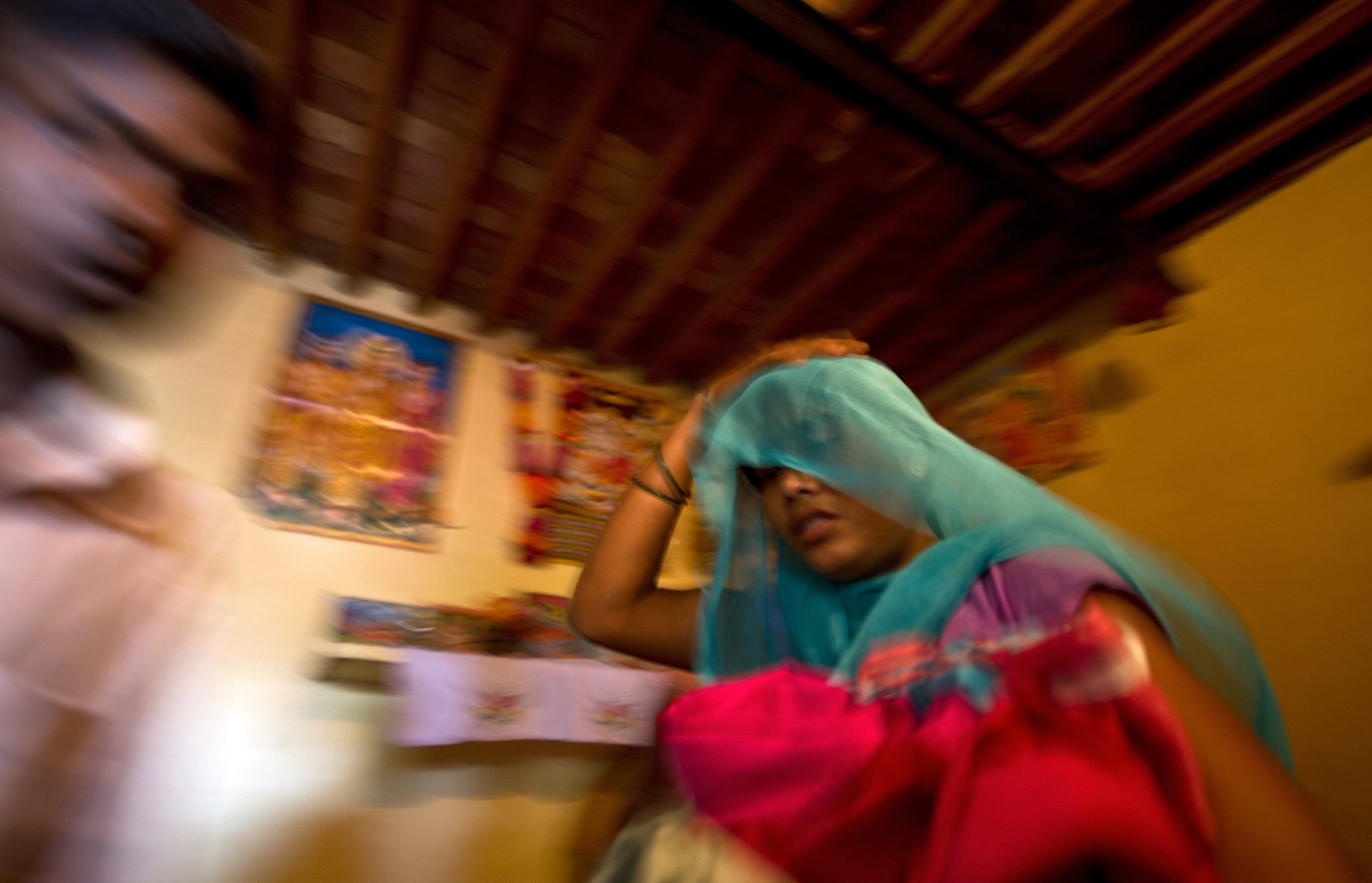A senior United Nations official has raised alarm over the increasing vulnerability of children to trafficking, highlighting the role of technological advancements and ongoing humanitarian crises in fueling the crime.
In a report presented to the Human Rights Council in Geneva, Dr. Najat Maalla M’jid, the Special Representative of the UN Secretary-General on violence against children, said that traffickers are quick to exploit both technological developments and emergencies to target children, particularly girls.
“Conviction for trafficking in children remains low and perpetrators continue to enjoy impunity, corruption, stigma, fear, and the lack of protection limits children’s ability to report and seek justice,” Dr. Maalla M’jid told the Council.
The UN official noted that factors such as poverty, food insecurity, armed conflict, and displacement are among the primary drivers of illegal trafficking. She warned that traffickers are becoming increasingly organized and are using artificial intelligence to operate more efficiently and evade detection.
“As a result, trafficking in children remains a low cost and low risk, yet high profits crime, generating billions of dollars annually,” she said.
Dr. Maalla M’jid also pointed to a rising demand for exploitative services involving children, ranging from sexual exploitation and forced labor to recruitment into armed groups, domestic servitude, child marriage, forced begging, and other forms of criminal activities.
Meanwhile, Virginia Gamba, the UN Special Representative for children caught up in conflict, told the Council that more than one in six children worldwide now live in conflict zones.
She urged governments to implement policies that ensure the protection of children from harm and allow them to grow up in a peaceful environment.
The alarming trends outlined by the UN officials underscore the urgent need for stronger legal frameworks, enhanced protection measures, and increased international cooperation to combat child trafficking and safeguard the rights of vulnerable children worldwide.







